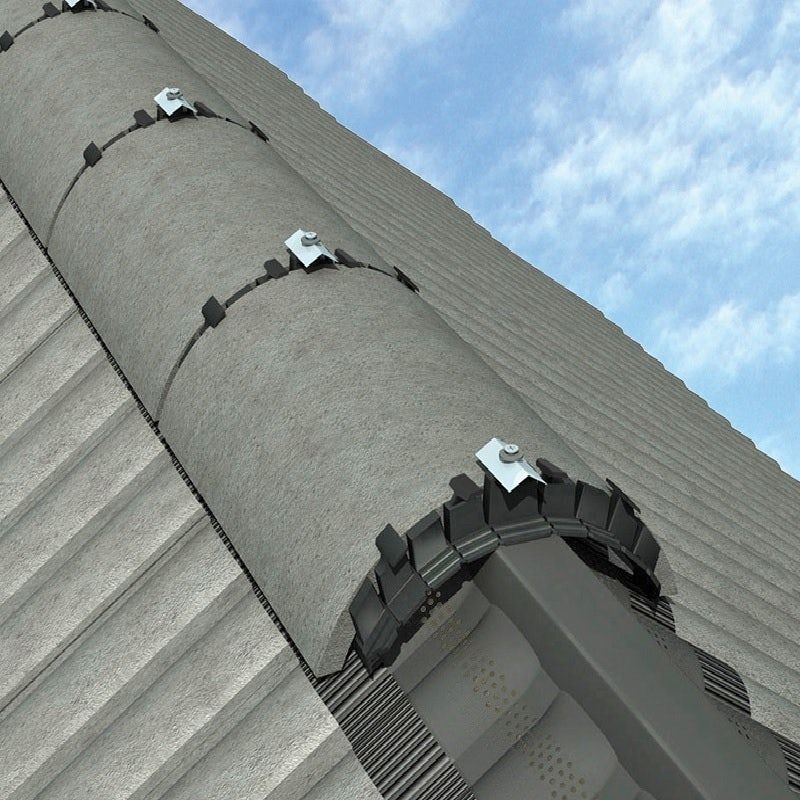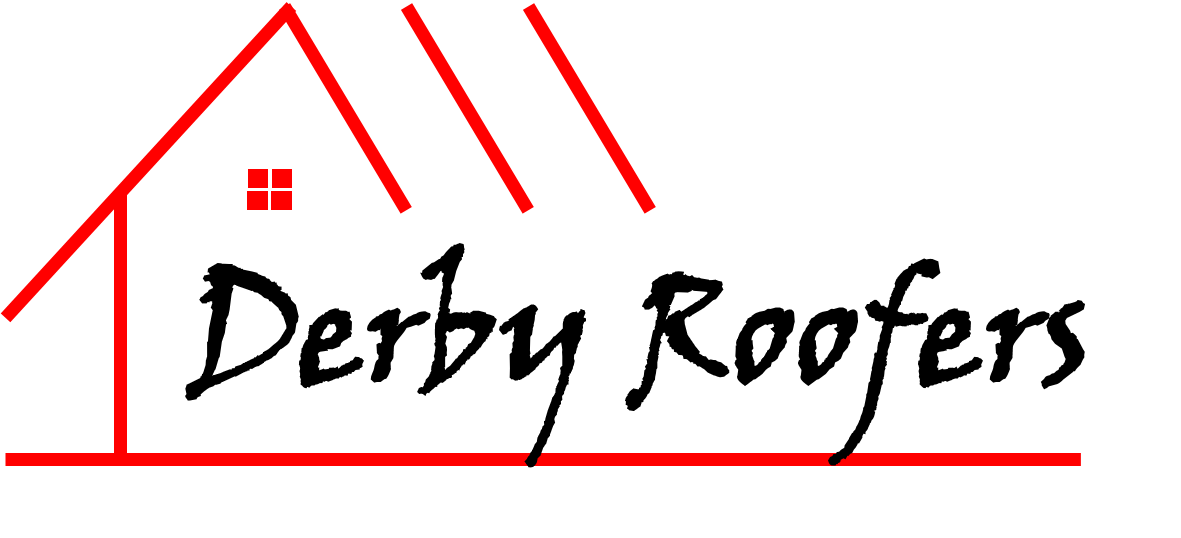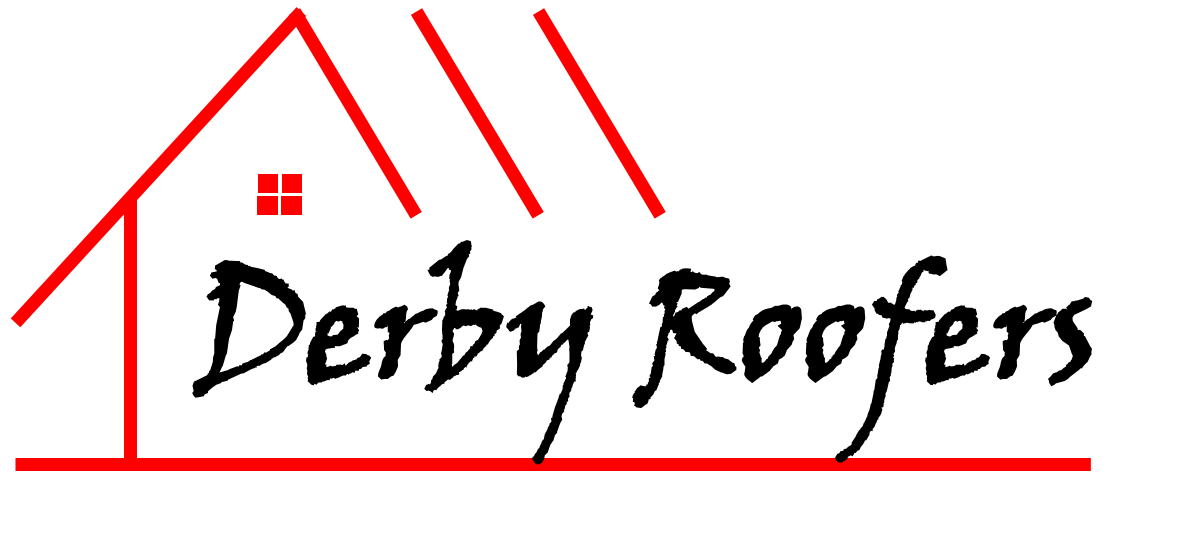Considerations for Selecting Your Roof Shape
Use Latest Technology To Save Cost and Improve Roofing Lifespan
Many factors need to be considered when choosing a roof shape for your home. Below are all the factors or considerations you have to check before selecting your roof shape.
The Style Of The House
The first thing to consider when choosing a roof shape is what style your home follows. There are many different types of roofs out there, and each one can look better or worse depending on the type of house that it is paired with. For example, some traditional houses look great with simple gable roofs while modern homes might be better suited to flat or shed roofs. Take some time to evaluate the style of your house before you choose a roofing shape for it.
Pitch
The pitch of your roof is the angle at which it slopes. A higher pitch means that there is more of a slope, while a lower pitch indicates a flatter roof. Roofs with a higher pitch are typically more expensive to install.
The Structural Strength Of The Roof
The structural strength of the roof must be considered when you choose the style of roof. Depending on the pitch and strength of your home, some roofs may not be suitable for certain types of homes. For example, a flat roof or a low-pitched gabled roof will not support itself with enough strength to stand up to high winds. If you live in an area that is prone to storms and tornadoes, then it is crucial that you have a more stable roof style so that your family is protected from the extreme weather conditions

Environmental Impact
Another thing you may want to consider when selecting your roof shape is its environmental impact. You'll find eco-friendly options available today like solar shingles which helps reduce your carbon footprint while providing additional protection from the sun's rays. There are also metal roofs which can be made from recycled materials and are highly durable. You'll want to factor in the climate where you live when making your decision as some roof shapes work better in certain regions than others.
Your Climate And Weather Conditions
Another important factor to keep in mind when choosing a roof shape is your local climate and weather conditions. You should always choose materials that will withstand high wind speeds, rain, snow, and other weather conditions in your area. If you live in a particularly windy or snowy region, for example, then you might want to consider choosing more durable roofing materials like metal shingles or clay tiles.
Moreso, the climate in your area will also impact the type of roof you select. If you live in an area with extreme weather conditions, like hurricanes or tornadoes, you'll need to choose a roof that can withstand those conditions.
Size
The size of your roof also impacts the cost and timeline of the project. A larger roof will take longer to install and will be more expensive.
Material
The material you select for your roof will also play a role in the cost and timeline. Certain materials, like metal, can be more expensive and take longer to install.
Location
As there are many considerations that go into choosing the right roof shape for your home. One important factor is your location. Depending on where you live, certain roof shapes may be more prevalent or better suited to withstand the elements.
For example, homes in hurricane-prone areas often have steeper roofs to help shed wind and prevent damage from flying debris. In snow-heavy regions, a shallower roof pitch is necessary so that heavy snowfall doesn't collapse the roof.
Before settling on a roof shape, research what type is most common in your area and consult with a local roofing professional to see if it's the best option for your home.
Material Availability
There are a few things to consider when selecting your roof shape, one of which is material availability. Depending on the materials you have available to you, certain roof shapes may be more or less feasible. Make sure to take stock of the resources at your disposal before making any final decisions.
Material Cost
When selecting a roof shape for your new home, it's important to consider the material cost of each type of roof. Some roofs are more expensive than others because they require special materials and installation processes. In general, flat, high-pitched, and dome shaped roofs tend to be more expensive than pyramid or gable roofs. A longer lifetime is another reason that some types of roofs may be higher in price. The best way to compare costs is to use online calculators. When making your decision about which type of roof you want for your home, it's helpful to have as much information as possible about the expected costs and benefits in order to make an informed decision.
Neighbouring Buildings
Like any other consideration, neighbouring buildings can affect your roof shape and appearance. However, this is especially true for some of the more unusual roof styles. One such style is a flat roof with overhangs. Not only do you need to consider the size and structure of your house, but additionally how it will fit into its location in relation to other houses.
For example, if your home has a steeply sloped, complicated roof design and is situated next to another home with a flat roof with striking overhangs, it may not look as good due to these differences in design. Alternatively, if both homes have similar or matching designs in that regard i.e., both are situated next to each other and feature identical roof designs, these variations may enhance the appeal of your home.
Ultimately, finding a roof style that suits your home’s location is largely about aesthetics and personal preference. However, it is important to not overlook practical concerns either, as you want to make sure that choosing a roof design does not present any issues or cause problems down the line with your neighbours.
Aesthetics
The look of the home is also a consideration when choosing a roof shape. Some homeowners prefer the traditional look of a gabled roof, while others prefer the clean lines of a more modern flat roof. Ultimately, the decision comes down to personal preference.
Engineering Concerns
Engineering concerns include the structural support of the roof, the wind and snow loads that the roof will be required to bear, and the fire resistance of the roofing materials.
Architectural Considerations
Architectural considerations include the overall appearance of the building, the way that the roof interacts with other parts of the building, and the amount of light and ventilation that is desired.
Functionality
Functional considerations include the need for access to the roof, the need for storage on the roof, and any special requirements for drainage or insulation.
Local Customs
When it comes to selecting the right roof shape for your home, one important factor to consider is local customs. In some areas, certain roof shapes are more common than others and therefore may be seen as more "normal" or "acceptable." If you're planning on building a home in an area where you're not familiar with the local customs, it's a good idea to do some research beforehand to make sure that you select a roof shape that will fit in with the surrounding homes. Otherwise, you may end up with a home that stands out from the rest and not in a good way.
Restrictive Covenants
When selecting the roof shape for your home, it is important to consider any restrictive covenants that may be in place. Restrictive covenants are agreements between two or more parties that restrict the use of land or property. They are often put in place by developers or homeowners associations in order to maintain the aesthetic of an area.
Some common restrictions that may be included in a restrictive covenant are limits on the height of a structure, the type of materials that can be used, and the setbacks from property lines. If you are unsure if there are any restrictive covenants in place for your property, you should check with your local planning department or homeowners association.
Failure to comply with a restrictive covenant can result in fines or even legal action. Therefore, it is important to be aware of any restrictive covenants in place before you begin construction on your new home.
In addition, if you are considering a specific roof shape for your home, be sure to check for any restrictive covenants that may apply. This will help you avoid any potential problems down the road.
Building Codes
Local building codes also play a role in the type of roof that can be used on a home. These codes are usually based on climate and weather patterns in the area. For example, homes in hurricane-prone areas must be able to withstand high winds. This often means they must have a steeper pitched roof that can shed wind and debris more easily.
Budget
Finally, one of the most important factors is always going to be your budget. When choosing a roof shape and material for your home, make sure that you are able to afford it without putting too much strain on your finances. There are many different options available out there when it comes to roofing materials, so take some time to do some research and find the ones that will fit within your budget while providing the level of protection and durability that you need from them.
By keeping all of these factors in mind, you should be able to narrow down your choices and select the perfect roof shape for your home. Make sure to consult with a professional roofing contractor before making any final decisions, as they will be able to offer you even more advice and guidance based on their experience and expertise.
Roofing Contractor Near Me - Our Roofing Capabilities
Contact Your Local Roofer In Derby - Very Competitive Offer
If you would like our Derby Roofers to prepare a free quotation for a dry ridge system Installation at your home or business, then give us a call.


